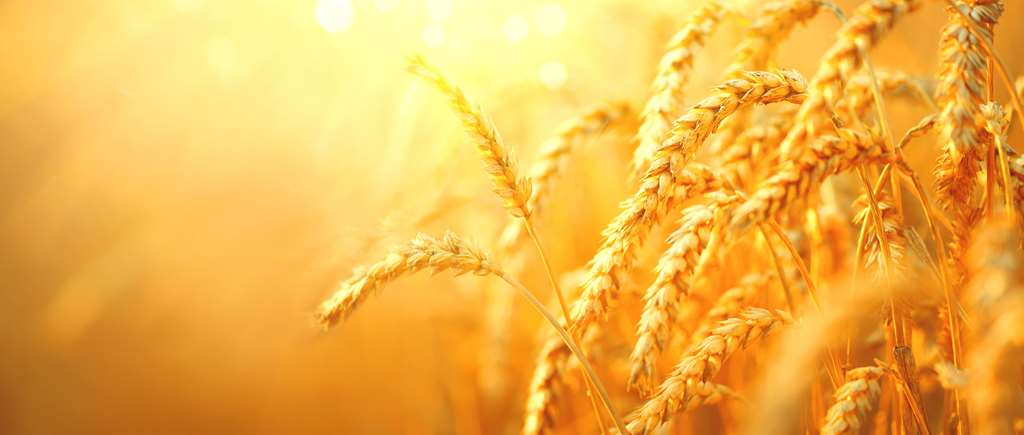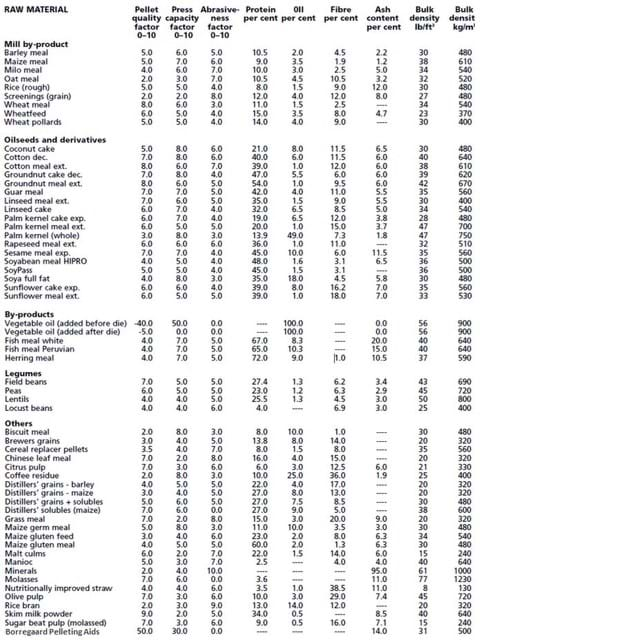In addition to the usual chemical or nutritional values that can be found in every feed producer’s computer matrix, we have provided each raw material with a value for three important physical factors, on a scale from 0–10.

Physical factors of raw materials
Pellet Quality Factor: the raw material’s contribution to physical quality. (The higher the number, the better the quality.)
Press Capacity Factor: its effect on throughput. (The higher the number, the higher the production rate.)
Abrasiveness Factor: a key to die life (The higher the number, the more abrasive the raw material.)
The values listed are based on our own experience and practical observations during many decades, supported by those of customers and other contacts in the industry.
The three physical factors are designed so that virtually all raw materials fall between 0 and 10. The exceptions are fat (vegetable oil) and Borregaard's range of pelleting aids. As these raw materials affect pellet quality significantly at very low inclusion rates, they have been given values outside the normal scale.

Note:
This table refers to average samples. Feed raw materials, being natural products, may vary from batch to batch. If you see a change in your production without a formulation change it may be that the specification of one of your raw materials has changed.
Also, we won’t be surprised if you disagree with some figures. Results depend on plant factors as well as raw material factors. There is no such thing as a standard feed mill, so the same raw material may behave differently in different mills. Remember, these are average figures; this subject is beset with many variations and complications.
